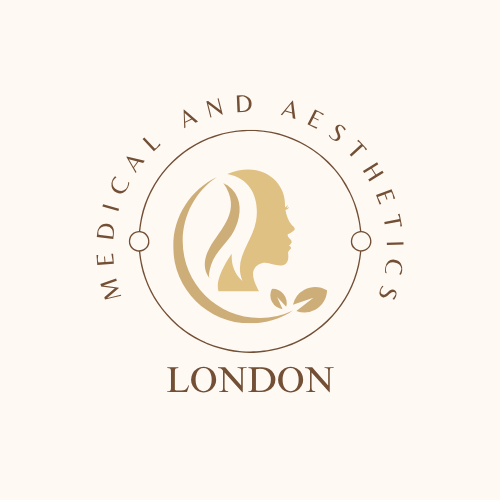“Beautician” and “aesthetician” are terms that are often used to refer to professionals in the beauty and skincare industry, but they can have different connotations and roles depending on the context and region. Here’s a general overview of the differences between the two:
Beautician:
- Focus: A beautician typically offers a range of beauty services that focus on enhancing a client’s overall appearance. These services can include hairstyling, makeup application, nail care (manicures and pedicures), and basic skincare treatments.
- Training: Beauticians often undergo training in various beauty services, including hairstyling, makeup artistry, and nail technology. Their training might cover a broad spectrum of beauty treatments.
- Expertise: Beauticians are skilled in providing services related to hair, makeup, and nails. They may offer makeup application for special occasions, hairstyling, and nail treatments.
- Licensing: Licensing and certification requirements for beauticians can vary by region. In some places, a beautician may need to complete a formal training program and pass exams to obtain a license, while in others, the requirements may be less stringent.
- Services: Beauticians often work in beauty salons, spas, and other similar settings where they provide a variety of beauty treatments. Their services are typically broader in scope and may include hairstyling and nail services in addition to skincare treatments.
Aesthetician (Esthetician):
- Focus: An aesthetician (esthetician) primarily focuses on skincare treatments and services aimed at improving the health and appearance of the skin. Their services may include facials, chemical peels, microdermabrasion, waxing, and other skincare procedures.
- Training: Aestheticians undergo formal training and education in skincare, anatomy, physiology, and various skincare techniques. They have a more specialized focus on skin health and treatment.
- Expertise: Aestheticians are knowledgeable about different skin types, conditions, and products. They provide personalized skincare advice and treatments tailored to each client’s needs.
- Licensing: Aestheticians are often required to be licensed by their respective regulatory bodies or state boards. Licensing requirements typically involve completing a formal training program, passing written and practical exams, and meeting ongoing education requirements.
- Services: Aestheticians provide a wide range of skincare treatments and services, primarily focusing on the face and body. They work in settings such as spas, salons, dermatology clinics, and wellness centers.
In summary, while both beauticians and aestheticians work in the beauty industry, their focuses and areas of expertise can differ. Beauticians tend to provide a broader range of beauty services, including hair, makeup, and nails, while aestheticians specialize in skincare treatments and services to improve skin health and appearance. The specific roles and titles can vary depending on the region and local industry standards.

